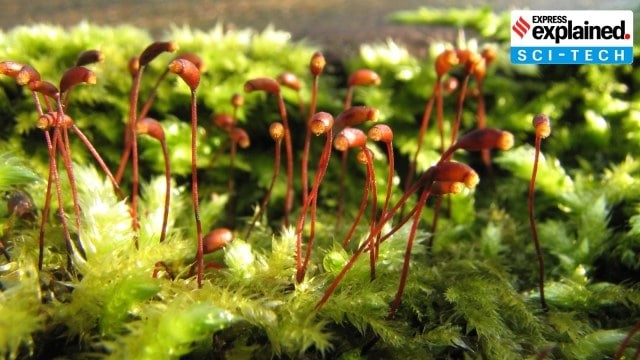




Disclaimer: Copyright infringement not intended.
|
Feature |
Details |
|
Scientific Name |
Myrmecia spp. |
|
Common Name |
Bull Ants, Myrmeciinae Ants |
|
Family |
Formicidae |
|
Habitat |
Found in Australia, primarily in forests, woodlands, and urban gardens. |
|
Size |
Ranges from 8 mm to 40 mm, depending on the species. |
|
Appearance |
Large ants with long, slender bodies, powerful mandibles, and large eyes. Often black, reddish-brown, or orange in color. |
|
Behavior |
Extremely aggressive and territorial; known for their potent sting and excellent vision. |
|
Diet |
Omnivorous—feeds on nectar, plant sap, small insects, and larvae. |
|
Sting & Venom |
Possesses a painful sting with venom that can cause severe allergic reactions in some individuals. |
|
Reproduction |
Queens lay eggs that develop into larvae, pupae, and then adults; colonies are relatively small compared to other ant species. |
|
Unique Traits |
Excellent vision; can track and chase intruders over long distances; jump when disturbed. |
|
Ecological Role |
Important in controlling pest populations and aiding in seed dispersal. |
Source: Thehindu
|
PRACTICE QUESTION Q. How do animals, like bull ants and dung beetles, use polarised light for navigation? (150 words) |







© 2025 iasgyan. All right reserved